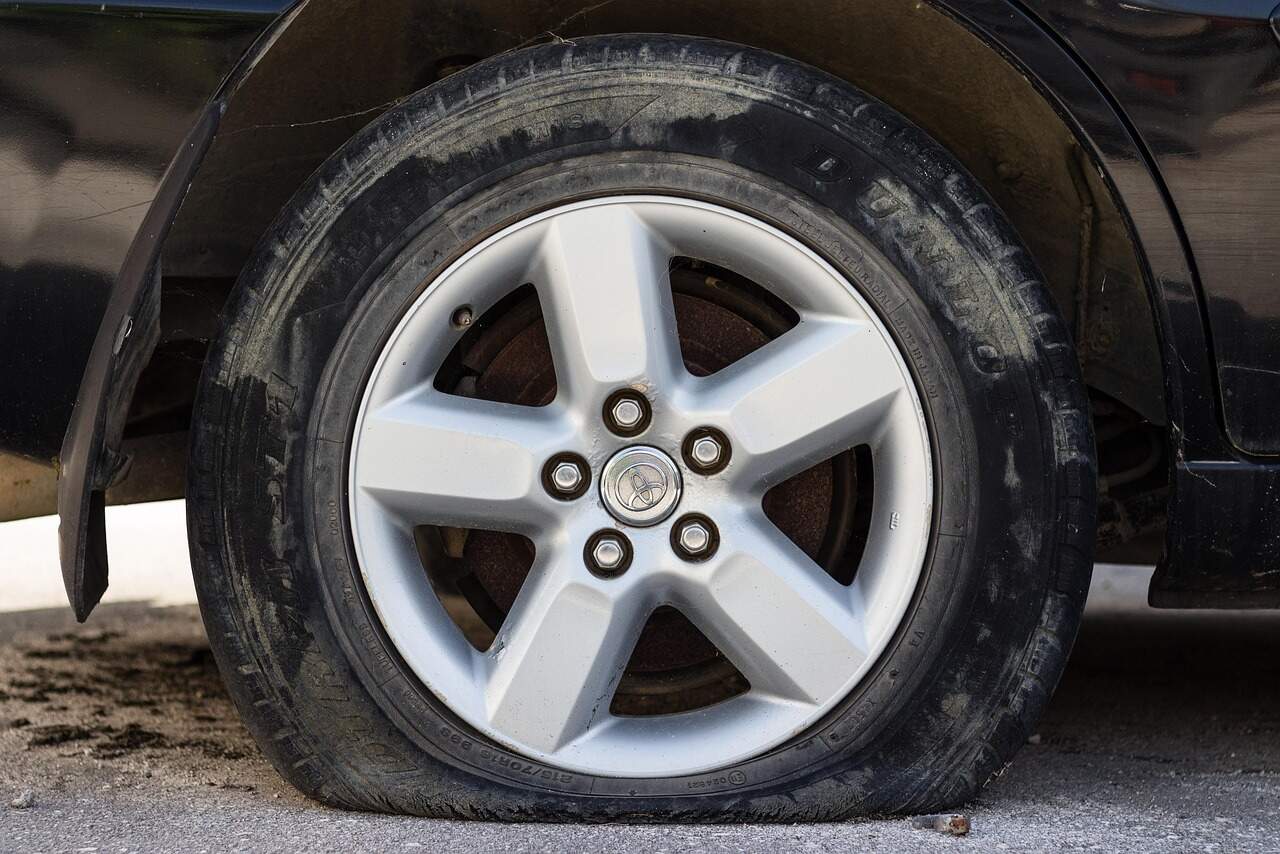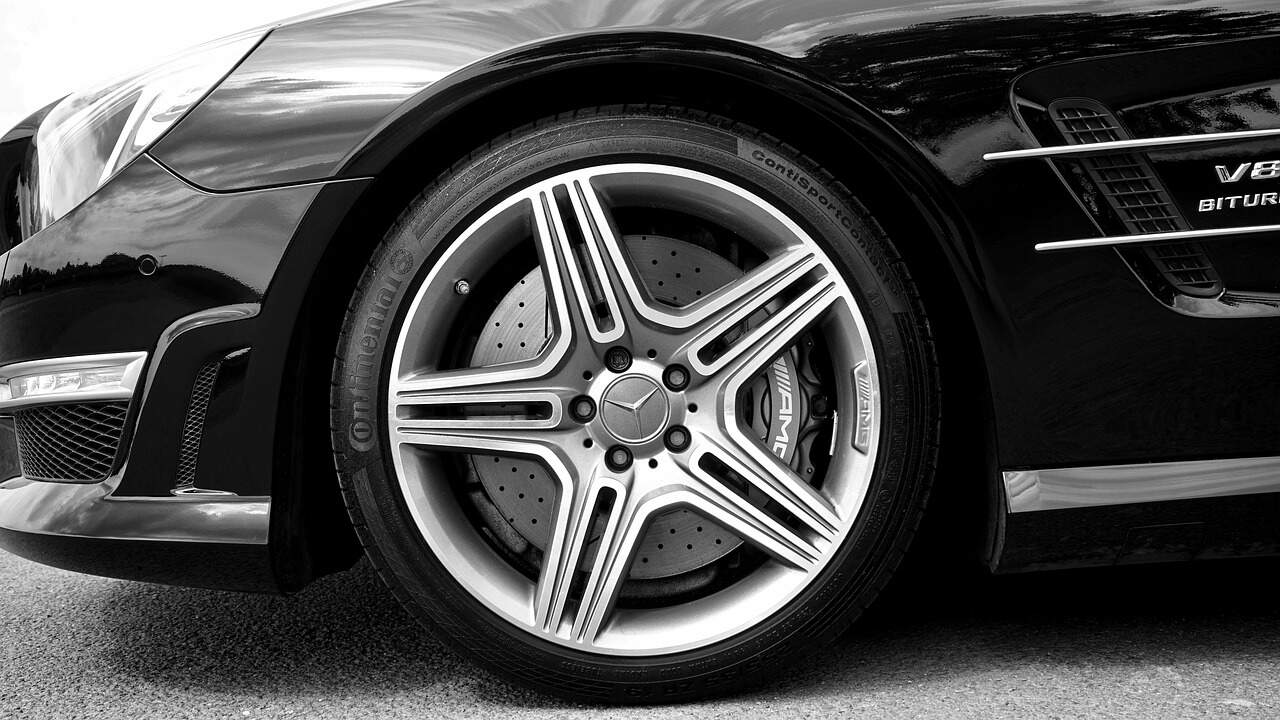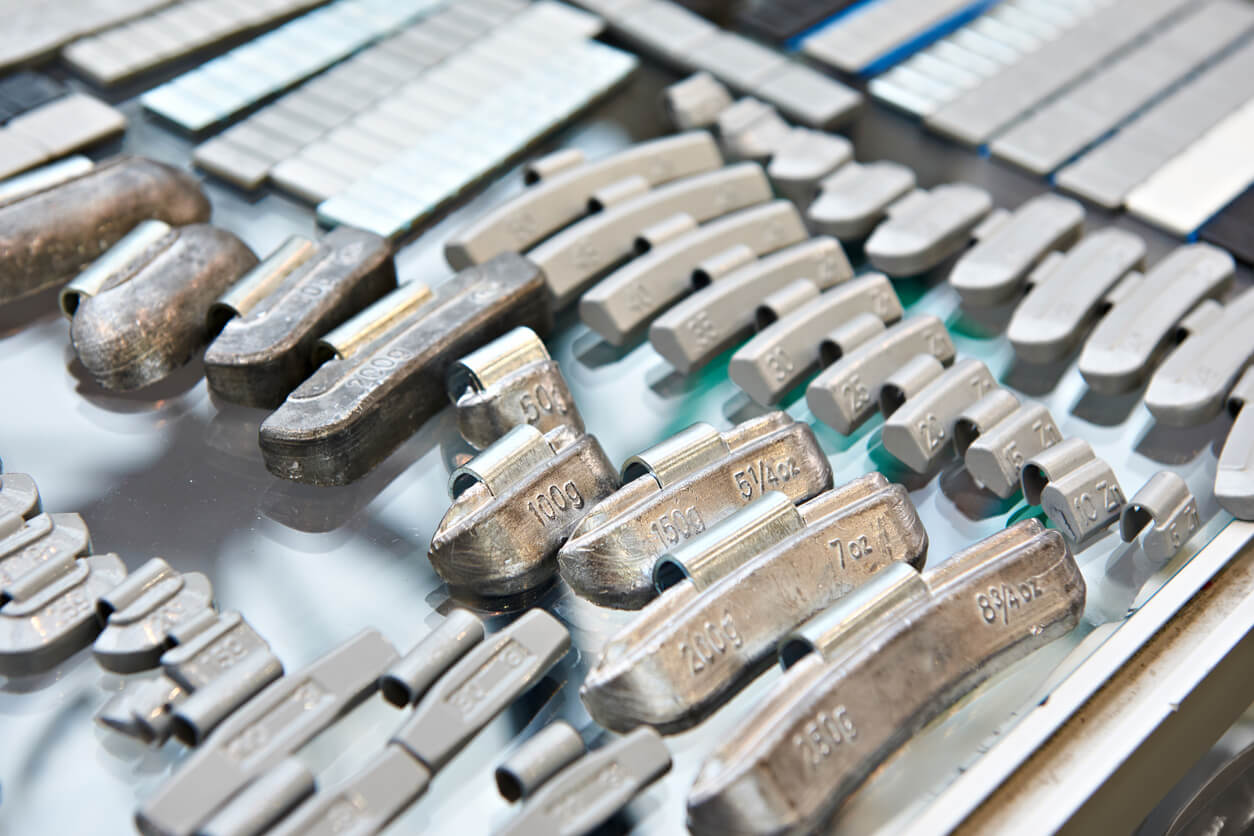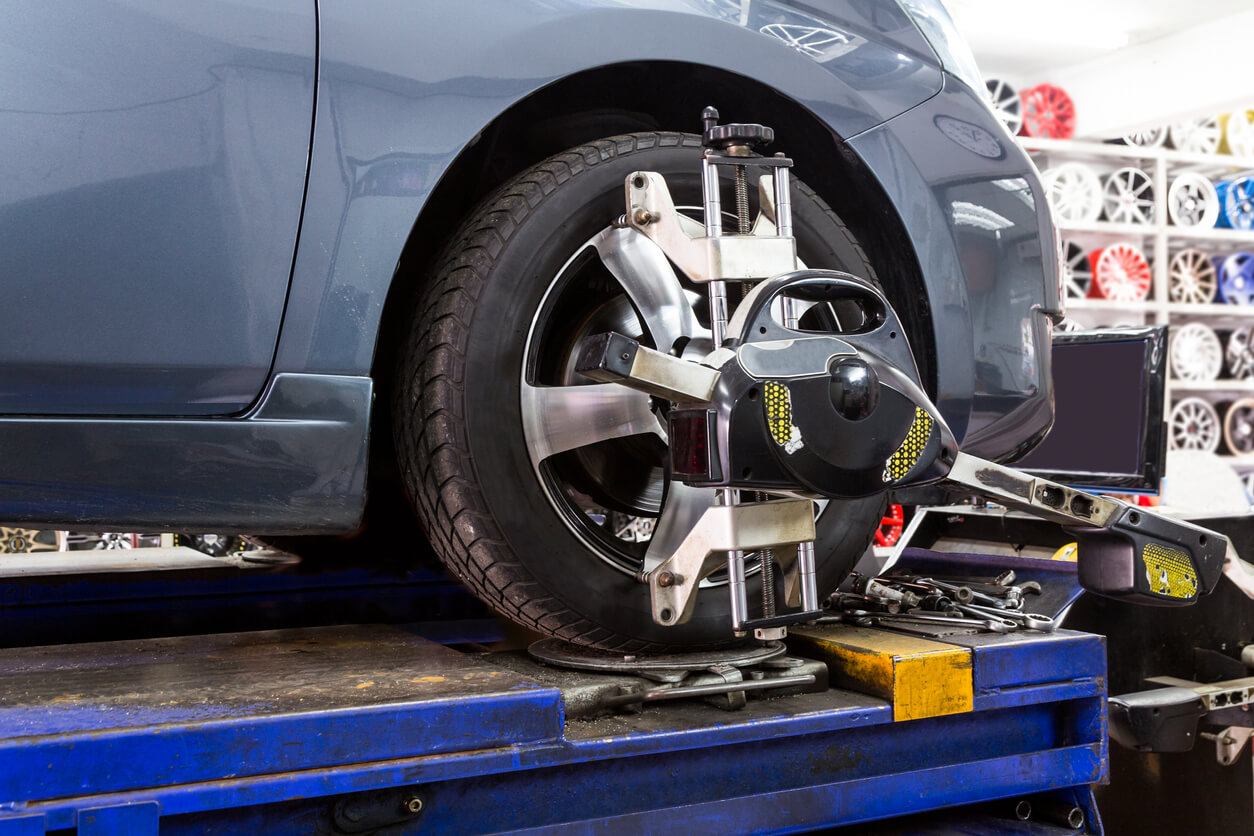The one part of your vehicle that makes constant contact with the road is your tyres. It’s essential that you have quality tyres under your vehicle and that they’re at the correct pressure for your vehicle and your current driving situation.
Because tyres make direct contact with the road, they’re at risk of damage from punctures, debris on the road, curbs and more.
Even the best drivers can suffer tyre damage.
What is a tyre puncture?
Nearly everyone who drives a car knows about tyre punctures and that they’re a bad thing that should be avoided. But what causes a tyre puncture?
Tyres are made up of many layers of different materials such as both natural and synthetic rubbers, internal reinforcement belts and more.
Punctures are caused by sharp objects such as glass and nails, although if you’re particularly unlucky, large objects such as bolts, sticks, screwdrivers, pry bars and more have been known to puncture a tyre.
You should never swerve aggressively to avoid objects on the road. Swerving can lead to a higher risk of loss of control, compared to a punctured tyre. If you’re on a collision course with some debris on the road and it’s too late, leave your foot off the brake till after impact, and find a spot to safely pull over with your hazard lights on to check for damage.
Jamming on your brakes in a panic not only risks loss of control or someone running up the back of you, but it also puts a lot more weight on your front tyres, driving them harder into what you’re trying to avoid.
Sadly, even brand new tyres aren’t immune to punctures, but as tyres become more worn out and the tread level drops away, the total thickness of the tyre is lesser, increasing the chances foreign objects will make their way entirely through the tyre.
Can Tyre Punctures Be Repaired?
The short answer is yes. Many times a punctured tyre can be repaired in a professional way, and the repair will last for the rest of the tyre’s useful lifespan.
There are some situations where punctures can not be repaired. If a puncture occurs on the sidewall of the tyre, or on the shoulder between the tread and sidewall, these areas are not repairable due to how flexible these areas of the tyre are.
What are other types of tyre damage?
Punctures aren’t the only type of damage that tyres can experience. We’ll have a quick look at other types of tyre damage and how repairable they are:
Cuts
Cuts and scrapes to tyres happen frequently, most often from rubbing against curbs or rocks. Any cut that results in air escaping the tyre is not repairable.
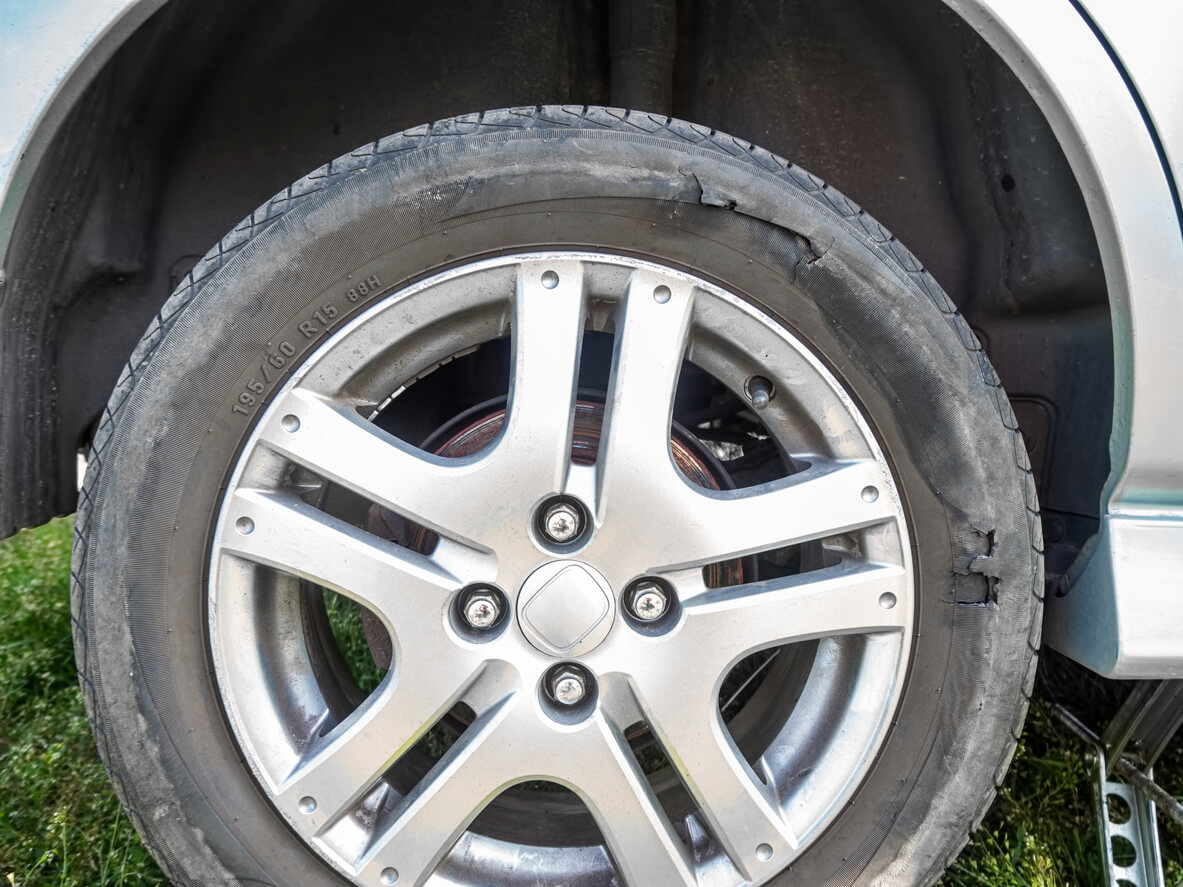
Oftentimes, cuts and damage to tyre sidewalls only affect the cosmetic outer layer of the tyre, and don’t pose any structural risk. If you notice any tyre damage of any kind, bring your vehicle in to Tyrepower to enquire about it.
Cracks
Over time with exposure to sunlight and the atmosphere, the physical material that makes up your tyres can become dried out and brittle.
This aged surface material will become less flexible and more prone to cracking.
Once tyres get to this point, they’re too far gone to be saved, but you can slow down this process by using tyre shine-style tyre protectant.
Bulges
Sidewall bulges and bubbles are rare, but they are a symptom that the internal layers of your tyre are separating. The most likely cause of this occuring is that the tyre is overheating through being driven on while underinflated or overloaded. Layer separation can also occur due to manufacturing defects, but this is extremely uncommon.
Any tyre showing bulges and lumps should not be driven on and must be changed as soon as possible. Bubbled tyres can suddenly and dramatically fail, potentially causing a vehicle accident and serious injuries.
Irregular wear to the tread
Tyre wear is a form of tyre damage that we expect. Tyres are a consumable item and they’ll wear out with use. But there’s a difference between regular tyre wear and uneven tyre wear.
Uneven tyre wear, as the name suggests, causes parts of the tyre tread to wear out faster than others. Irregular tyre wear can be caused by incorrect air pressures, a bad wheel alignment, or even damaged suspension components.
Contact Tyrepower Today!
If in doubt, bring your vehicle in for a free tyre safety check. If you notice any damage to your tyres, your tyre pressure warning light is illuminated, or you suspect you have a puncture, we’re here to help.
Call us today or drop in to see our team.























